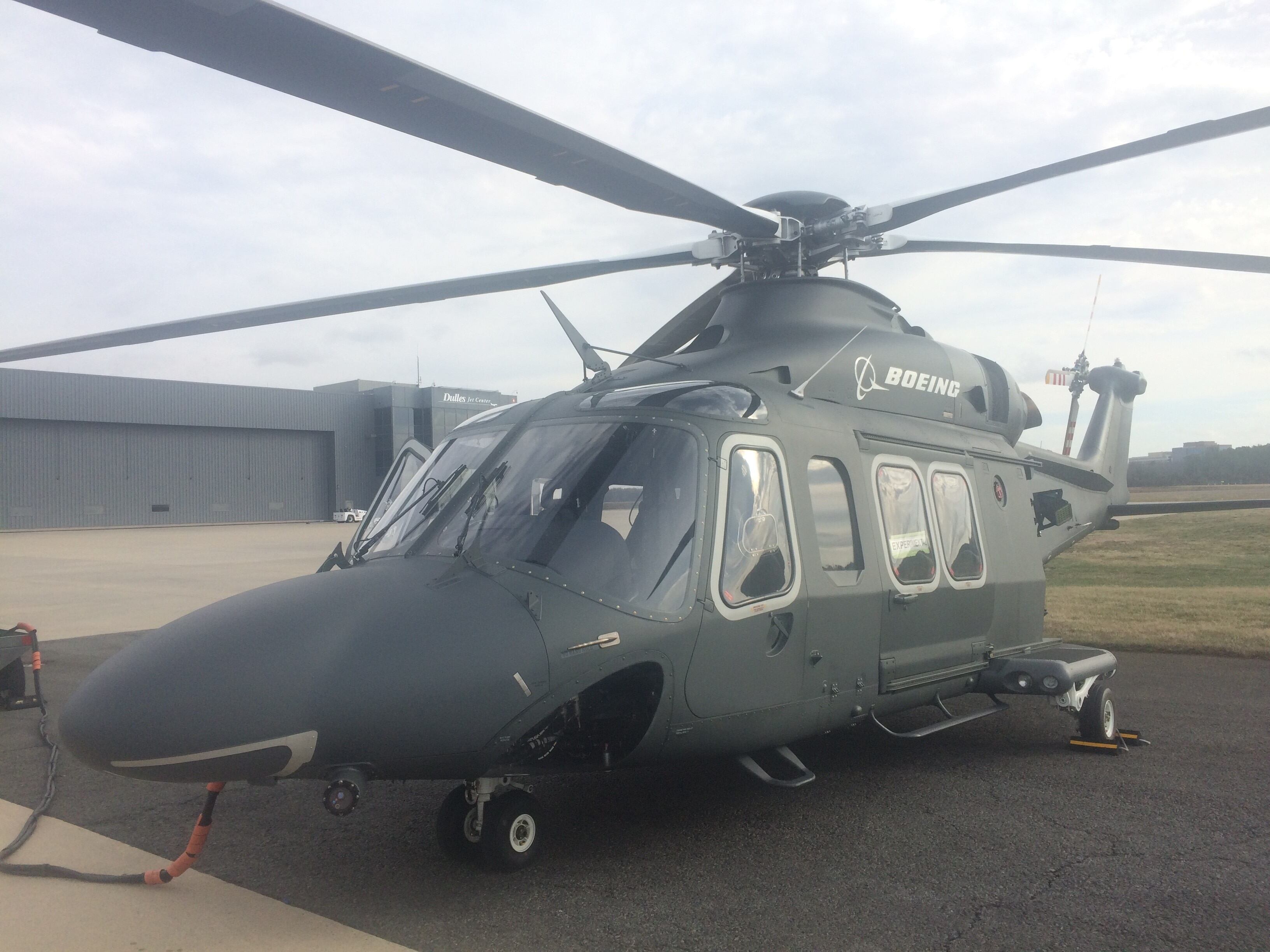DUBAI, United Arab Emirates — Leonardo is widely considered the dark horse for the two major U.S. military aerospace competitions in which it’s currently competing: the T-X trainer competition and the UH-1N Huey helicopter replacement program, where it is teamed with Boeing.
But while Lorenzo Mariani, the company’s new chief commercial officer, stopped short of saying he was confident in a win for both opportunities, he seemed pleased with recent changes made to its U.S. subsidiary, Leonardo DRS.
“DRS has gone through a very bright reorganization and it has made the company more effective than a bunch of the companies in the U.S. And this was also a prerequisite in that market,” he told reporters during a Nov. 13 briefing at the Dubai Airshow.
Winning the U.S. Air Force’s T-X trainer contest would be a “game-changer” in the U.S. and for the whole business, he said. In that competition, Leonardo DRS offered the T-100, a modified version of the Alenia Aermacchi M-346 Master, which is already in service in Italy, Israel and Singapore.
RELATED
Of the T-X competitors, Leonardo is the only one not headed by a major U.S. prime contractor, and it faces a tough battle against Lockheed Martin and Korea Aerospace Industries’ T-50A and Boeing and Saab’s clean-sheet training jet design.
But even if it loses, Mariani is confident the M-346 will be competitive in the world market.
“We believe we have an important legacy with the M-330, we have a bright present with M-345 and M-346,” Mariani said of its past and current trainer products.
“We are promoting a full capability that is based not only on those delivery of the systems — the M-346 and the synthetic environment — but also providing the capability to train. Our [Italy’s] Air Force is training pilots everywhere in the world, including in this area in the Gulf, using our equipment,” he added.
The second critical program is the U.S. Air Force’s UH-1N Huey program, where it has partnered with Boeing on the MH-139, a modified version of Leonardo subsidiary AugustaWestland’s AW139. There, too, the team faces an uphill battle against Lockheed Martin’s HH-60U, a variant of the ubiquitous Black Hawk. Because the Air Force already operates UH-60s and initially wanted to sole source the product, it is widely considered the likely winner.
RELATED

There, a loss would be less damaging, as the AW139 is already widely sold to a long list of military and civil customers.
“I have no specific things to say on what happens if we lose except that should we lose the helicopter business, we are still — with the AW139 — a market leader in that segment,” Mariani said.
Valerie Insinna is Defense News' air warfare reporter. She previously worked the Navy/congressional beats for Defense Daily, which followed almost three years as a staff writer for National Defense Magazine. Prior to that, she worked as an editorial assistant for the Tokyo Shimbun’s Washington bureau.






